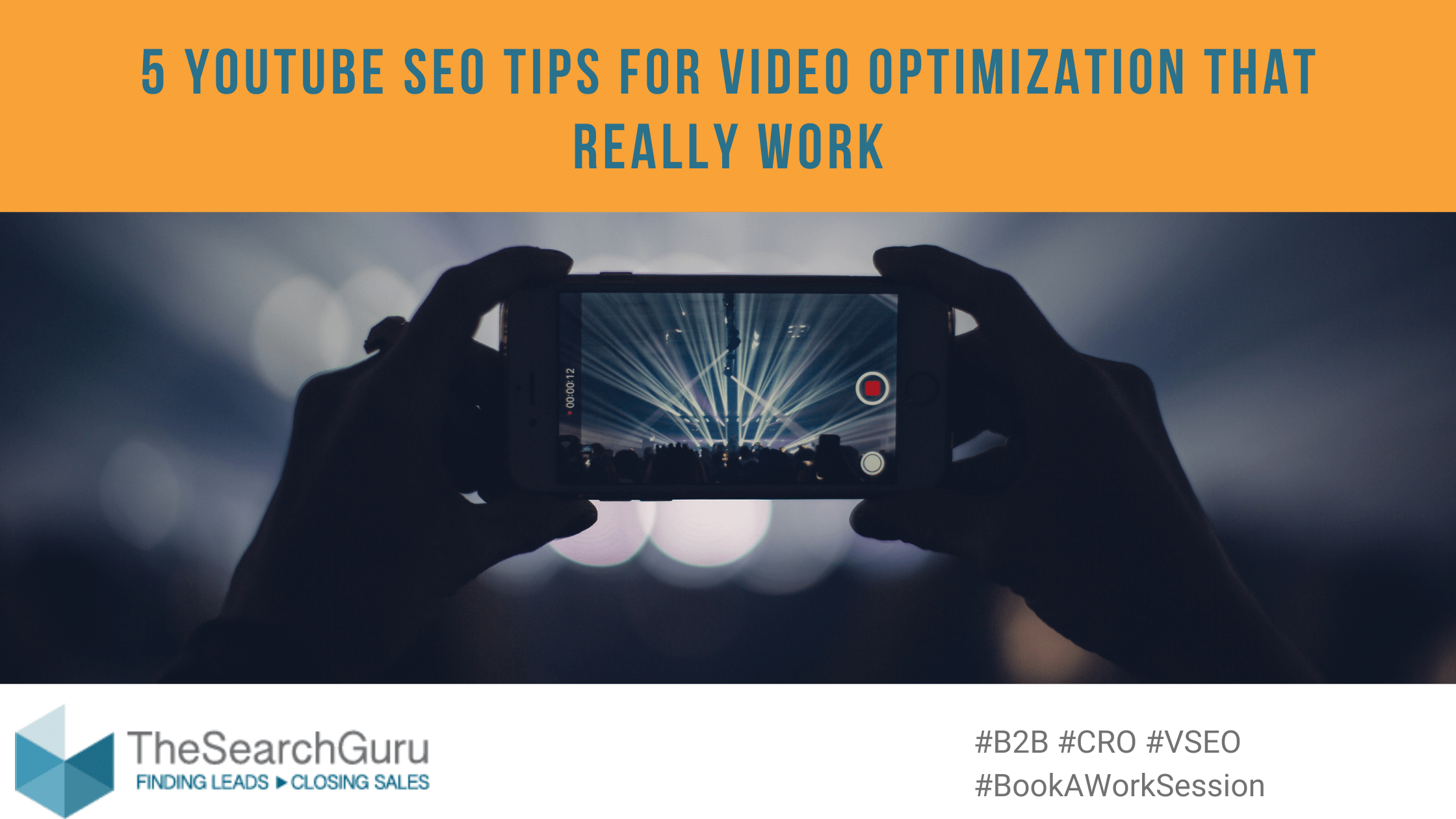2014: the Year of the Audience
In multiple places online, 2013 was proclaimed to be the year of the content writer – or something similar. And, you wouldn’t have gotten any argument from me, or probably from any other content producer. Instead, we got to puff out our collective chests, print out these articles and flutter them in the faces of random people on the streets, shouting, “I’m a content writer! I AM a content writer! Finally, I was in the right place at the right time!”
But, all of us writers need to come down a peg, to return to reality. Because, the reality is that, without an audience, content writing amounts to nothing more than word-spitting into the fickle winds of the Internet. And, to cultivate an audience, you need to create the kind of targeted original quality content that people want and need.
That’s why I say that 2014 is the year of the audience.
Over the past few months, I’ve been reading what other writers have been saying about audience – and, even when an article isn’t specifically about writing and audience, I’m seeing indirect connections to the topic. What this blog post contains, then, are ideas generated by what I’ve read along with thoughts from experts on the subject of writing to an audience. In the spirit of New Year, I’ll count down from 10 to 1 (and, I’d sure appreciate it if, as you read, you imagine the ball dropping and the confetti flying!).
I’m not, by the way, suggesting that any of these thoughts is more or less important than the others; just trying to get your synapses sparking for 2014.
#10: Audiences change and so should you
Crafting content that is perfectly targeted to an audience is a never-ending job. And, once you think that you’ve got a complete understanding in your grasp, success somehow slips away, perhaps because your audience is evolving in a new and unexpected way. So, will you “catch” me writing something here that isn’t perfectly targeted to the audience of content writers/producers? I hope not, but . . . could be! I’ve yet to meet the perfect writer or fail-proof marketer and so we all need to just keep striving to be the best.
More to the point, if you’ve been writing content for a certain industry or client for a while, be sure to regularly reevaluate what’s going on in that industry. That could include conducting new keyphrase research, updating personas and so forth.
#9: The three deadly sins
A content-writing company from England, Write Online, makes the next point brilliantly:
Basically your content isn’t working because you’re NOT thinking about your target audience. And you can put this down to three fundamentally dangerous habits or deadly sins:
1. You confuse readers with excessive JARGON – specialist words and expressions that only people in the know can understand.
2. You use PAROCHIALISMS – things that mean something to you but nothing the reader.
3. You assume readers already know particular ACRONYMS and INITIALISMS – abbreviations formed from the initial letters of other words.
#8: You say soda, I say pop
All over Facebook, I’ve seen a link to a New York Times article that claims that, by answering 25 questions about what words you use and how you pronounce them, your geography(ies) can be revealed.
Guess what? It worked perfectly with me. I took the test and discovered that I get my linguistic patterns from Akron (where I was born) and Cleveland (and I’ve lived almost my entire life in a Cleveland suburb). As I read comments on Facebook, I discover that many/most other people are finding the same amazing results.
Lesson to be gleaned: subtleties in word choice matter. When I say “pop” and you say “soda,” we understand each other. No problem there. But, there are other instances where nuances and connotations within an industry can either make you fit in or . . . not. For example, if a certain industry refers to “clients,” your content can seem “not in the know” if you use “customer” or “patient.” A small yet big difference.
#7: Sharing is caring
Whenever you can, consider other content experts as collaborators, peers and/or colleagues – and tap into their wisdom. We recently talked to content strategist Mindy Withrow from Hanson, Inc. who brings up this key point about audience. “Instinct can take you so far if you really know your industry.” But – and it’s a big “but.” She also uses industry research and interviews with real users to understand a particular audience’s overall expectations from a site. “Then on a regular basis, we look at insights from site metrics, keyword research, and audience polls for clues about specific topics that our audience will find useful.”
She shares an example: “One of our clients is a cabinet manufacturer. It was easy for visitors to come to their website to find content about kitchens. But when we looked at the internal site search, we saw that 6 out of every 10 searches were related to bathrooms. So we recommended adding a bath section to the site, with a new bathroom planner tool and how-to articles about designing bathrooms. After launch, the site metrics showed that the new section was popular with visitors.”
Mindy also shares traps to avoid: “It’s tempting to stuff your content with SEO keywords or use provocative headlines as bait,” she says, “but that usually results in content that overpromises and under-delivers.” Instead, she recommends a focus on “good writing that answers common questions based on audience research. Happily, the search algorithms are so sophisticated now that human-friendly content is also search-friendly content.”
#6: Tailor your openings
Human attention spans are short. Check out these stats, verified by the Associated Press and available at StatisticBrain:
- Average attention span in 2012: 8 seconds
- Average attention span in 2000: 12 seconds
- Average attention span of a goldfish: 9 seconds
So to grab your readers’ attention and assure them that you are writing TO THEM, you need to do so quickly, probably in 8 seconds or less.
Or wait. You may not have quite that long. Seventeen percent of people click off of a page in less than 4 seconds. So to keep as much of your audience reading for as long as you can, make sure your opening line (or two) speaks directly to the intended audience.
It may help to see examples of writing and audience, so here are opening lines of multiple published articles of mine, each written for a difference audience but on the same topic of boomerangs:
- “If you’re looking for a terrific sport to play alone or with friends, try boomerang throwing.” (titled “Boomerangs” for Boys Quest)
- “Toss a ‘rang and hope it isn’t a blow by. English translation: Go ahead and throw your boomerang. Just don’t let it disappear into the sky.” (titled “Boomerang on a Budget” in Works Magazine: Dedicated to Campus Life)
- “Betsylew Miale-Gix is fearless. She knows what she has to do and she just does it.” (titled “She Throws Like a Girl: And in the sport of boomerang, that’s better than most of the guys” for Women’s Sport + Fitness)
- “Boomerang throwing is a recreational and competitive sport in which participants try to achieve specified effects in their throws: distance, tricks and extended time aloft.” (entry in the International Encyclopedia of Women and Sports)
#5: Ask questions and listen to answers
We have two ears and one mouth so we can listen twice as much as we speak. (Epictetus)
Writer Valerie Bordeau has this valuable suggestion for when you’re new to writing about an industry. “Scour websites and forums where your potential readers are already hanging out and read the comments. Many times, readers will be asking questions that you can then answer on your site.”
After Valerie has done her share of listening, she asks readers “tons of questions” so that she can focus her content in a way that is “most productive to their current situation and that inspires them to take action immediately after consuming the content. This strategy works extremely well as long as I stay engaged with them on a consistent basis.”
Like Mindy, Valerie shares traps to avoid:
- Don’t assume you know what your reader wants.
- Encourage readers to interact with you to the point where they share their honest thoughts, fears, and joys with you. You aren’t just sharing information. Your focus is on building relationships.
- Don’t talk down to your readers as if you are above them. Being condescending in any way will instantly drive your reader away. Be on the same page and share the journey with them.
#4: Don’t just define your personas, be your personas
Let’s say that you’ve developed personas or otherwise have a pretty good sense of what each of your target audiences is like. To take that knowledge one step further, borrow a technique from fiction writers and get inside their heads. To do that, write a blog post from the point of view of each of your personas; in other words, be that persona as you write. What did each persona have to say? What did you learn from that experience? How will this cause you to change your writing?
#3: Sophie doesn’t mince words
Blogger Sophie Lizard outlines each blog post and determines the best wording to appeal to her ideal reader. “I use examples and anecdotes about things that are likely to be familiar to them, and I shape the content around what my research tells me they care about. One example is my post ‘Why You Should Step the F*ck Up to Be a Freelance Blogger’ because the headline was designed with my ideal reader in mind! They need – and more important, actually want – a kick in the ass to get them fired up and ready to do great things. In this excuse-busting post I used strong language, simple metaphors and Captain Jack Sparrow to make my point, because I know my audience appreciates all of these things.”
Sophie split test the attention-getting headline in her emails to subscribers to make sure she was on the right track and the chosen header easily outperformed the alternative. “This post,” she says, “is one of the most popular on the whole site, even now.”
She pays attention to what readers say in blog comments and emails. And, if she’s still not sure if a particular topic would be of interest, she goes the direct route: she asks them.
Sophie lists the following mistake to avoid: “Don’t think that a few hours of research gives you an insight into their souls! You can get to a certain level of understanding, and it can be pretty deep, but you have to check your assumptions. You may know that 75% of your audience has a Kindle and 68% download crime fiction, but you don’t know they’ll love your blog post about ‘The Top 10 Murder Mystery Novelists.’ Perhaps they read a few pages of a crime e-book for entertainment during their workday commute but have zero interest in the authors. Always do your best to check that there’s some kind of supporting evidence for the beliefs you hold about the audience and why they do what they do.”
#2: Check your facts
Once you’ve written a piece of content, fact check it carefully. That may mean contacting interviewed experts again to clarify a key point, having the right coworker or colleague proofread your work, double-checking the spelling of names and places, verifying dates, statistics and so forth. Are you saying something truly offensive? If so, is it worth the potential reaction?
#1: Step out of your comfort zone
After you’ve been careful, don’t be afraid to take risks with your content and try something new. If you’ve been thorough about your audience research, don’t let the doubts of others automatically squash your innovative idea.
In 1965, “Peanuts” creator and cartoonist Charles M. Schulz had a last minute opportunity to write a script for “A Charlie Brown Christmas.” By this point, Schulz was already a highly successful cartoonist and the Peanuts gang had never been anything more than two-dimensional comic strip characters. On the one hand, what a great opportunity! On the other hand, he was already highly successful and could have remained so in the funny papers without ever writing a television script. In other words, he easily could have played it safe.
But, instead, Schulz took the plunge; industry professionals expected the show to be a flop that would air once and then slink away in shame; but, in fact, this Christmas show has appeared every year since its debut and won both an Emmy and a Peabody Award. And, even today, 48 years after Schulz began working in the television industry, people celebrating joyful events frequently refer to the Snoopy dance of happiness.
Editor’s note #1: Do we know how to pick ‘em – or do we know how to pick ‘em? Two of the people that we interviewed for this blog post – Sophie Lizard and Valerie Bordeau – each created and manage a website that was chosen for inclusion in the top 100 websites for writers in 2014. Congrats, Sophie and Valerie!
Editor’s note #2: It was brought to our attention that Jeffrey K. Rohrs recently published a book that looks very intriguing! It’s titled AUDIENCE: Marketing in the Age of Subscribers, Fans and Followers and it’s definitely on our to-be-read list. Have any of you read it yet? What do you think?
Now, we want to hear from you. What are your thoughts, ideas and questions about writing to an audience? Leave us a comment below!






Leave A Comment